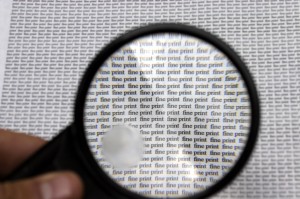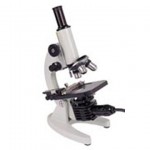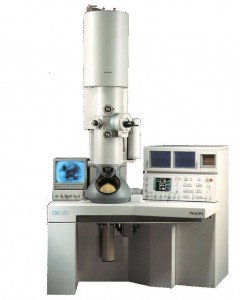Fine Print Gets Finer
When an airline pays taxes based only on the “raw” ticket price that they charge, those airlines have great incentive to “unbundle.” By separating their basic ticket price from all of the fancy “added extras” that were previously included those airlines can avoid much of this tax and pass on the savings to their customers, or profit to their shareholder(s). The charges for many of these added extras (such as fuel) are often misunderstood by the traveling public, who sometimes refer to them by the catchall moniker “hidden charges.” But are they really hidden?
 As highlighted by Crank Flier Brett Snyder, the US Senate is looking at increasing the amount of information airlines must provide to their customers regarding their fees and charges. While this may be applauded by many, it may come as a surprise that some airlines have agreed with the Senate and indicated that they are happy to comply. What gives when companies renowned for “hidden charges” are so up front about providing complete information?
As highlighted by Crank Flier Brett Snyder, the US Senate is looking at increasing the amount of information airlines must provide to their customers regarding their fees and charges. While this may be applauded by many, it may come as a surprise that some airlines have agreed with the Senate and indicated that they are happy to comply. What gives when companies renowned for “hidden charges” are so up front about providing complete information?
You have no doubt noticed a common trend in advertising, for all kinds of companies, in which a fabulous headline offer is explained away in tiny print at the bottom of the screen, clearly outlining the fine points of the arrangement. Except for the fact that you need to press your nose against your TV to read it, all of the charges are explained and available for all to see-there is no chance of claiming that any charge is “hidden” when the explanation is right in front of your face.

Airline Ticket Reader, version 1
You might feel that the small size of the fine print acts as some kind of attempt to hide the facts. In fact, nothing could be further from the truth. So that these companies can include ALL of the facts they are compelled to reduce the font size. If they were to use big, bold lettering there is no way they could show you the whole story on one page or screen, and you would miss out on vital information.
As airline business models evolved and the quantity of information grew, this conventional display method proved to be insufficient. In an effort to continue to provide their passengers with “the whole story,” savvy airlines such as Thromby Air incorporated modern technology, by way of the microdot. With the marvelous magic of micro-printing they could display all of their terms, conditions and additional fees on the front of the ticket. Yes, a commonly available ticket reader was required to read it, but all of the information was there to be seen.
So where is this microdot located? It can be a little hard to find, unless you know where to look. It will be somewhere on your ticket (if you have one), or on your boarding pass. The most common location for display of the microdot terms and conditions is using the letter “i”. This innocuous letter is a ready-made placeholder for a microdot, and quite common on airline tickets-indeed, the word “airline” has two of them.

Ticket Reader, version 2
In the early days of microdot technology a simple garden variety microscope would have been sufficient to read the rules. However, as such airlines became more enamored with various fees and charges, a single conventional microdot was found to be insufficient to contain all of the contract clauses.
This problem was solved by including multiple dots on the tickets, utilizing any “i”s, “j”s and periods available. While providing all of the required information consumer groups complained that it was getting a little complex. Of course, the other major problem was that lower-case lettering was required for the microdots, and it was clear that the fancy airlines wanted to use uppercase lettering to appear more sophisticated.
A new solution had to be found. It will probably come as no surprise that, once again, the solution involved making the print size even smaller. Once again, all of the fine print could be included in a single dot.
These days there are so many fees, charges, clauses and corollaries that it is difficult to keep abreast of them all. Thanks to companies like Thromby, technology has made all of this information available to each and every passenger.
Of course, an electron microscope is needed to read it, but that’s another story!

Recent Comments